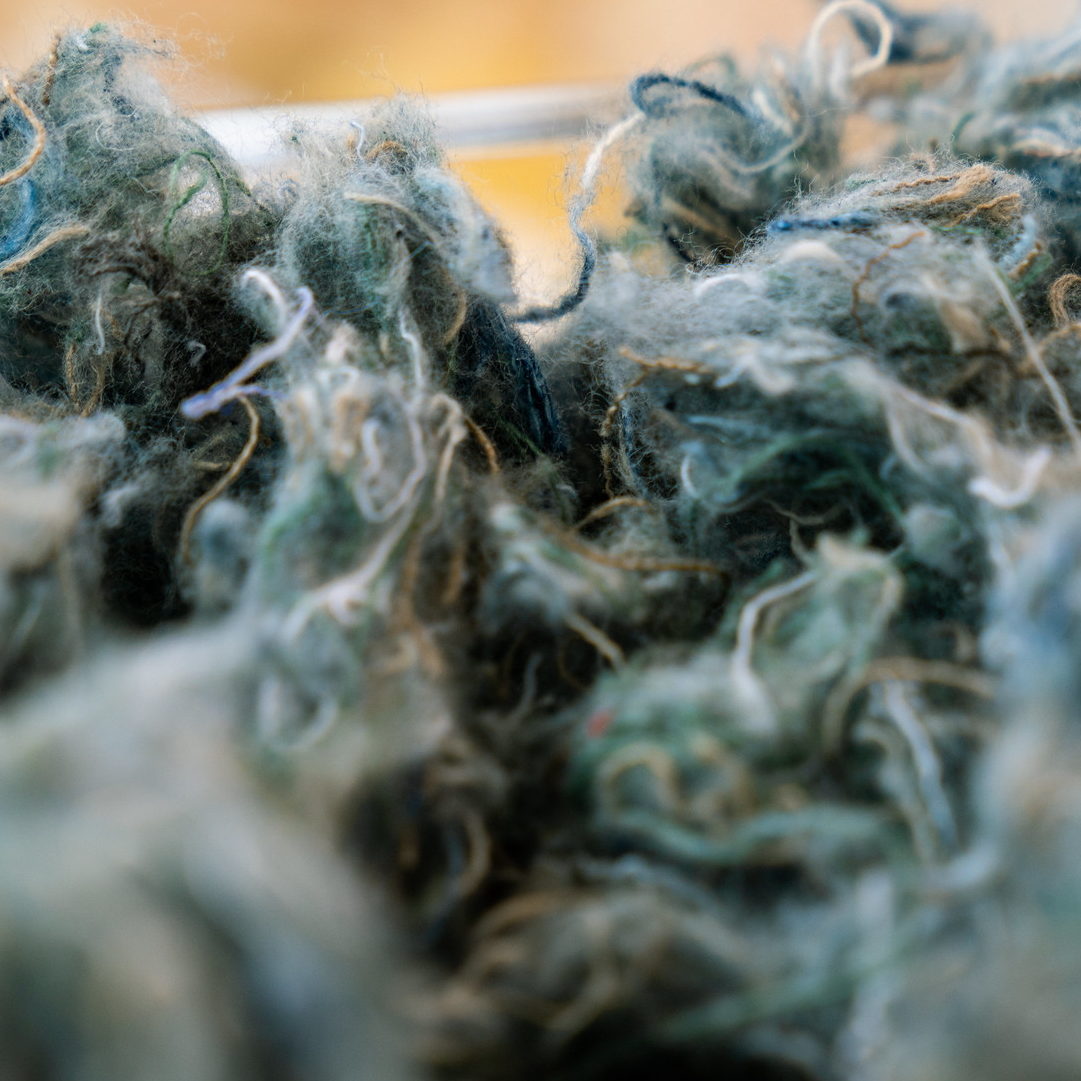Today, we’re talking about the most abundantly produced natural textile fibre on the planet, cotton. If you take a look at the fibre content labels in your clothing and linen closets, we bet you’ll see a whole lot of cotton in there!
Cotton is a plant fibre, and like all plant fibres, is made from cellulose. Cotton comes from the boll or seed capsule of the plant, where the fibres are attached to the cotton seed. Cotton grows in tropical and subtropical climates, including North/South America, Africa (including Egypt), and the world’s largest producer, India. Cotton is very commonly blended with other fibres such as polyester, to produce textiles with desired properties and to reduce cost.
Pros:
- Absorbent, is stronger when wet, feels nice against the skin, and can withstand high temperatures.
- Used for bedding and towels, hospital fabrics, undergarments, denim, and warm weather clothing.
Cons:
- Wrinkles easily, prone to shrinkage, can cling to skin if it gets too wet. Can take longer to dry.
- Covers 2.4% of arable land, but accounts for 6% of global pesticide use.
- Cotton is a “thirsty” crop, and requires a LOT of water. It can take over 2,500 litres of water to produce one t-shirt! Climate change is increasing the need for irrigation in some areas, potentially causing water shortages.
- Monoculture crops can be vulnerable to pests and disease. Workers can be negatively affected by long-term exposure to pesticides and fertilizers, and these chemicals can have negative environmental impacts as well.
But for such a commonly-used fibre, what is being done to reduce the environmental impact of its production? Here are some methods:
Genetically-modified (GM):
- One method to reduce the use of insecticides is to use “Bt cotton”, where the plant is modified to produce a type of bacterial toxin that kills caterpillar pests (Lepidopterans). Unfortunately this is not effective against all types of insect pests, and has caused some disagreement in the scientific community as to whether or not it’s more effective than conventional methods. [1,2]
Organic:
- Requirements can vary by location, but generally organic means no use of synthetic pesticides or herbicides, and no genetic modification. This encourages practices such as crop rotation, biological control (e.g. beneficial insects), and reduced water use [3]. The Global Organic Textile Standard is a 3rd party certification body for organic textile fibres, which can help ensure the fibres come from an organic farm, but also that only safe chemicals are used in the fibre processing and fabric production.
- Becoming an organic grower can be inaccessible for some, and can take a number of years to achieve. The folks at Better Cotton work with cotton farmers to grow cotton more sustainably and improve working conditions. You can learn more and see who their members are on their website.
Recycled:
- Recycled cotton materials can be made from production and/or consumer waste. Fabrics are shredded and the fibre is used to make new fabrics. Historically recycled fibres were lower quality than “virgin”, and were blended with new cotton and/or synthetic fibres to maintain quality. It was time consuming to sort material properly, and hard to avoid contamination or avoiding unwanted chemicals in source material.
- This is improving with companies like Recover Fiber, who have developed methods for automating and optimizing the steps of this process to make recycled cotton more sustainable and accessible! It’s great to see progress being made in this area.
Anything else you’d like to know about cotton that we didn’t cover here? Let us know in the comments!
Sources:
- https://web.archive.org/web/20121012044920/http://www.news.cornell.edu/stories/July06/Bt.cotton.China.ssl.html
- Wang, Z. J., Hai, L., Huang, J. K., Hu, R. F., Rozelle, S., & Pray, C. (2009). Bt cotton in China: are secondary insect infestations offsetting the benefits in farmer fields?. Agricultural Sciences in China, 8(1), 83-90.
- Delate, K., Heller, B., & Shade, J. (2021). Organic cotton production may alleviate the environmental impacts of intensive conventional cotton production. Renewable Agriculture and Food Systems, 36(4), 405-412. doi:10.1017/S1742170520000356
Image by Tony Webster on Flickr (https://www.flickr.com/photos/diversey/44325730752)


